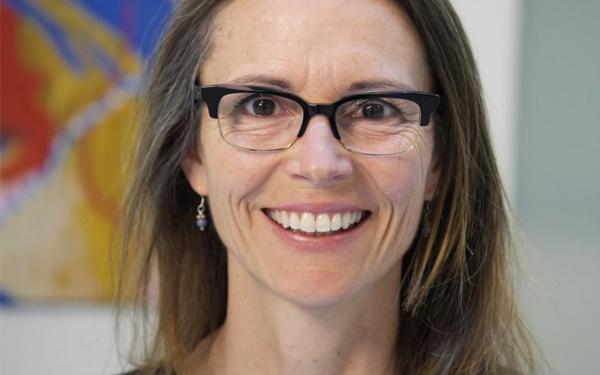
The Potential Cancer Risk with Long-Term Use of Calcitonin-containing Drugs

The Potential Cancer Risk with Long-Term Use of Calcitonin-containing Drugs
Prepared and reviewed by members of the Scientific Advisory Council of Osteoporosis Canada – Updated August 6, 2013
Calcitonin is a hormone found naturally in our bodies. A synthetic form of calcitonin (Miacalcin NS® or generic calcitonin) is used in a nasal spray It decreases the function of the osteoclast (bone-eroding cells) and can decrease bone loss and the risk of spine fractures. It has also been found to be helpful in decreasing bone pain after a spine fracture. Calcitonin is also approved for the treatment of Pagets bone disease as well as for the treatment of high blood calcium in those with cancer. In 2012, the European Medicines Agency (EMA) reviewed the benefits and risks of taking this medication and noted that a small increased risk of cancer has been seen with long term use of calcitonin. The EMA reviewed all available information including safety data following release of the drug on the market as well as information from experimental cancer studies. A 2.4% increased rate of cancer was seen in those taking nasal calcitonin long term. The concern regarding cancer risk did not appear to be present with short term use (≤6 months). At this time the increased risk of cancer has not been confirmed to be caused by calcitonin and may simply be an association.
In July 2013, Health Canada decided to withdraw all nasal spray calcitonin products from the market following a review of the safety and effectiveness data for synthetic calcitonin. Calcitonin does not have a very potent anti-osteoporosis effect, and does not decrease the risk of hip or nonspine fractures. For this reason, Osteoporosis Canada has previously advised that it not be used as a first line treatment for osteoporosis. People taking nasal calcitonin for osteoporosis should speak to their physician regarding a switch to an alternative product.
Scientific Advisory Council
Osteoporosis Canada’s rapid response team, made up of members of the Scientific Advisory Council, creates position statements as news breaks regarding osteoporosis. The position statements are used to inform both the healthcare professional and the patient. The Scientific Advisory Council (SAC) is made up of experts in Osteoporosis and bone metabolism and is a volunteer membership.

